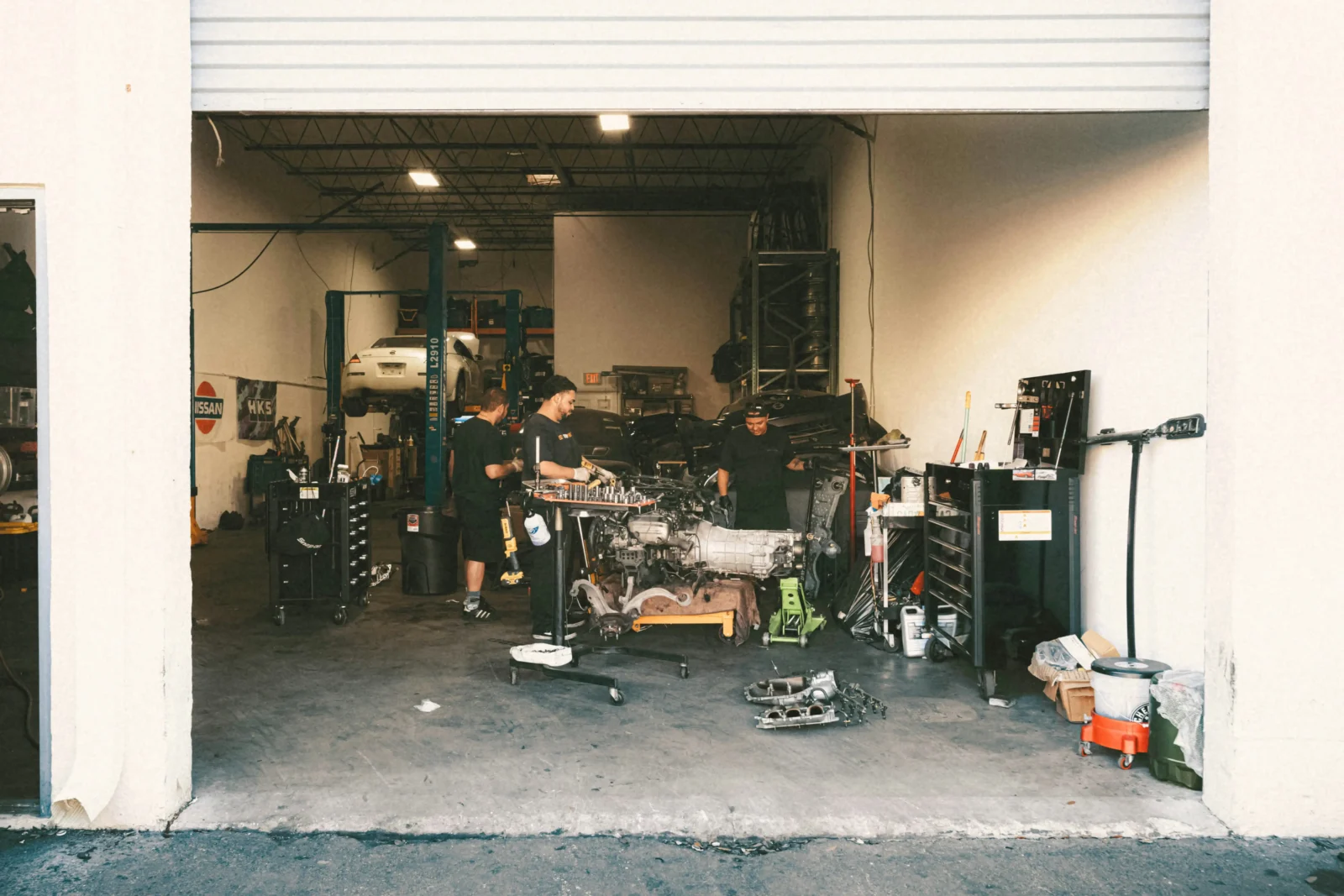- Home
- Articles
- Architectural Portfolio
- Architectral Presentation
- Inspirational Stories
- Architecture News
- Visualization
- BIM Industry
- Facade Design
- Parametric Design
- Career
- Landscape Architecture
- Construction
- Artificial Intelligence
- Sketching
- Design Softwares
- Diagrams
- Writing
- Architectural Tips
- Sustainability
- Courses
- Concept
- Technology
- History & Heritage
- Future of Architecture
- Guides & How-To
- Art & Culture
- Projects
- Interior Design
- Competitions
- Jobs
- Store
- Tools
- More
- Home
- Articles
- Architectural Portfolio
- Architectral Presentation
- Inspirational Stories
- Architecture News
- Visualization
- BIM Industry
- Facade Design
- Parametric Design
- Career
- Landscape Architecture
- Construction
- Artificial Intelligence
- Sketching
- Design Softwares
- Diagrams
- Writing
- Architectural Tips
- Sustainability
- Courses
- Concept
- Technology
- History & Heritage
- Future of Architecture
- Guides & How-To
- Art & Culture
- Projects
- Interior Design
- Competitions
- Jobs
- Store
- Tools
- More
How Automated Warehousing Systems Are Changing the Game

If you think storage is just a matter of piling things up in a big hall, think again. Storage technologies have seen tremendous progress in recent years, and among the most exciting innovations are certainly Automated Storage and Retrieval Systems (ASRS).
These systems not only improve efficiency but drastically change the way warehouses operate. Yes, you read that right—robotic arms, smart systems and automatic search and storage have become a reality.
In this article, we’ll explore how ASRS works, what its benefits are, how you can implement it, and why it’s key to the future of logistics.
Table of Contents
ToggleWhat Is ASRS and How Does It Work?
Automated Storage and Retrieval Systems (ASRS) use robots and computer-controlled systems to quickly and accurately store and retrieve products from a warehouse. It may sound like a scene from a futuristic movie, but the technology is already here.
Key Components of ASRS:
- Automatic racking systems—tall, narrow racks used to store products and allow for easier manipulation.
- Robotic arms and conveyor belts—enable quick and precise manipulation of goods inside the warehouse.
- Software systems—computer programs that enable efficient organization and tracking of inventory, ensuring that all products are in the exact location.
When all these systems are connected, the result is a warehouse that practically “works by itself”, making the whole process faster and more precise.
Why Have ASRS Systems Become Indispensable?
In the world of logistics, speed and precision are key to success. As markets accelerate and demands for faster delivery grow, traditional storage and retrieval methods are becoming insufficient. This is where Automated Storage and Retrieval Systems (ASRS) come into play.
These smart systems not only improve efficiency but also open entirely new possibilities for optimizing warehouse operations. They not only speed up processes but also make warehouses safer, more efficient and less dependent on the human factor.

Benefits You Can’t Ignore:
- Greater efficiency—Automation reduces the time required to store and retrieve products, which means your warehouse can process many more orders in a shorter period of time.
- Space optimization—By using high racks and robotic transport systems, space is used much more efficiently than in traditional warehouses.
- Fewer errors—Human errors are minimized because robots are precise and consistent. This means fewer problems with misplaced orders.
- Reduced labor costs—Automation reduces the need for large numbers of employees, which can lead to significant savings.
Additional Benefits:
- Faster response time—Faster delivery of products to customers, which improves the customer experience.
- Increased safety—Automated systems reduce the need for human interaction with heavy machinery, thereby reducing the risk of accidents.
- Flexibility—ASRS can be adapted to different types of products, from small parts to large pallets.
How to Choose the Right ASRS for Your Warehouse?
There is no universal solution, because every business model and warehouse has specific needs. Here are some factors to consider when choosing an ASRS:
1. Size and Type of Warehouse
If your warehouse has a lot of small products, you have to focus on systems that allow easy storage of small packages.
For large, heavy products, robots with a large capacity and more powerful transport mechanisms are needed.
2. Flexibility and Adaptability of the System
If your storage needs to change from time to time, choose a system that can easily adapt to new needs. Consider a long-term growth strategy before deciding on a specific solution.
3. Technology and Integration
Make sure the system you choose can integrate with the existing software and warehouse technologies you use to track inventory and orders.
Implementation of ASRS in Your Warehouse
When you decide on ASRS, it’s not just a matter of “buying a robot”. Implementing such a system requires careful planning and resources. Here are the basic steps:
- Analyze your needs—You must understand the specific needs of your warehouse and business.
- Choosing the right systems—There are many different ASRS solutions on the market. Don’t be afraid to invest time in research.
- Testing and customizing—Before you go full implementation, test the system on a smaller scale.
- Employee training—Even though the technology is automated, your employees need to be trained to use the new systems.
- Performance monitoring—After implementing ASRS, regularly monitor system performance and make necessary adjustments.
How Much Does ASRS Implementation Cost?
Implementing an ASRS system represents a significant investment, but it often pays off through its long-term benefits. Although the initial cost may seem high, this technology can significantly improve efficiency and reduce operating costs. The savings you realize in the storage and retrieval process, as well as the better utilization of space, often quickly outweigh the initial investment.
To better understand how pricing is determined, here are a few key factors that play a role in determining the overall cost of an ASRS implementation:
- Warehouse size—Larger warehouses require larger systems and, therefore, higher costs.
- Sophistication of the system—If you are looking for advanced automation with skilled robots, it will of course increase the price.
- Support and maintenance—System maintenance and employee training also come with additional costs.
Is It Worth It?
As we have already mentioned, the initial investment in ASRS may seem daunting, but if viewed in the context of long-term savings and increased productivity, the investment pays off. Faster storage, precision, and better organization make ASRS valuable for many warehouse operations.
Wrapping Up
ASRS is not just a “futuristic technology”; it is the present that is already changing the way warehouses around the world operate. In an era where speed and precision are considered key success factors, automation in logistics is becoming a necessity, not an option.
Companies that want to remain competitive and efficient must incorporate technology that enables seamless organization and seamless operations.
If you want your warehouse to become agile, accurate and able to respond to the challenges of today’s market, ASRS is the right way. Through automation, your warehouse will not only follow trends but set them. So don’t wait; the future is now, and with ASRS, your business can move towards a new era of logistics.
illustrarch is your daily dose of architecture. Leading community designed for all lovers of illustration and #drawing.
Submit your architectural projects
Follow these steps for submission your project. Submission FormLatest Posts
Useful Tips for Planning A Backyard Layout That Feels Spacious
Creating a backyard that feels spacious can transform your outdoor experience, making...
American Architecture Styles That Shaped a Nation
Explore American architecture styles from Colonial to modern—key features, icons, and timelines...
How Environmental Planning Shapes Modern Architecture in Houston
Houston does not design buildings in a vacuum. Every structure rises inside...
Smart Steps for Repairing Your Garage
Keeping your garage safe and reliable is mostly about steady habits and...












Leave a comment